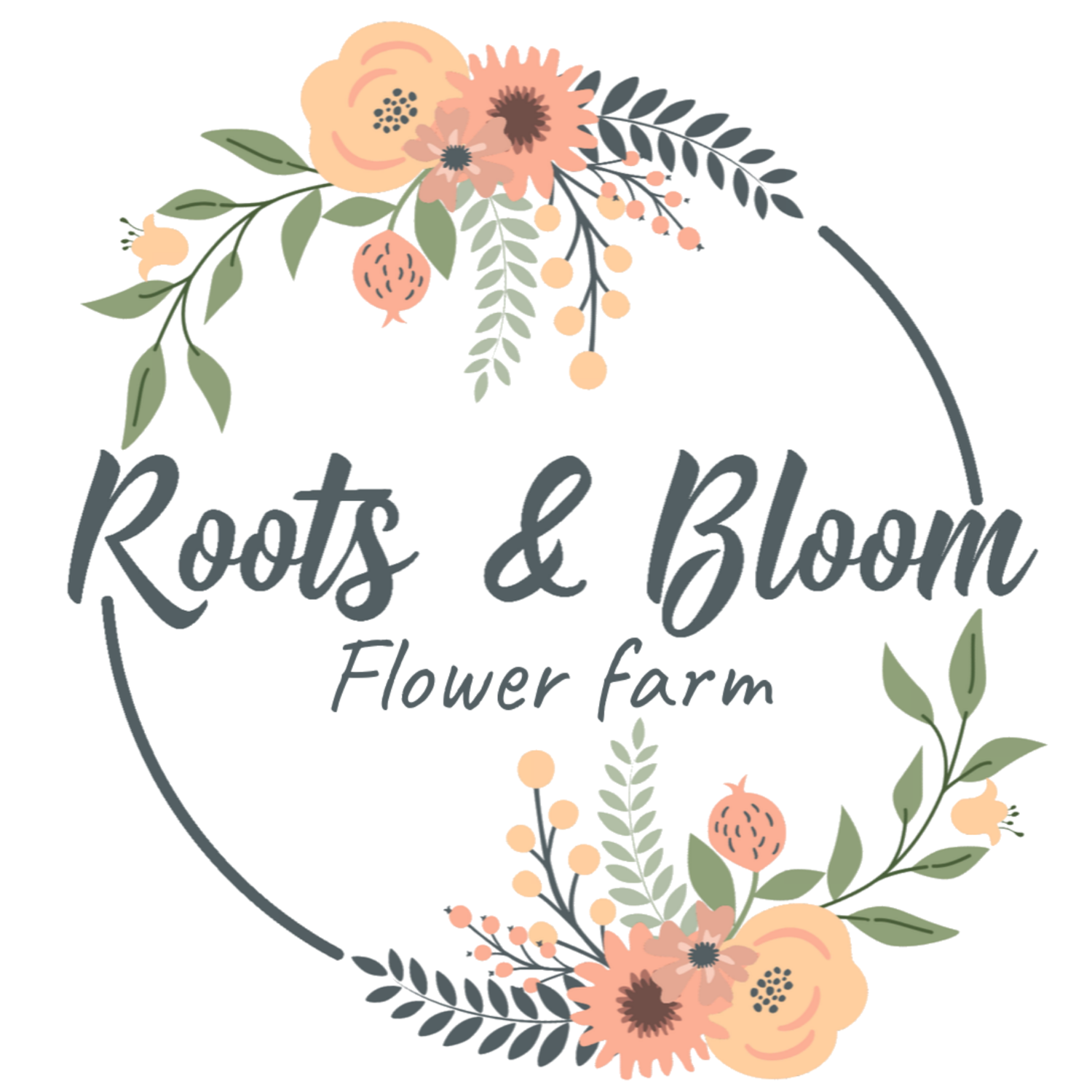Why choose locally grown flowers?
Today we’re talking about why British flowers are so great, and how you can help the planet by choosing locally grown!
We’ve all seen them, the plastic wrapped carnations, chrysanthemums and roses stacked up in supermarket foyers, but have you ever wondered where they come from or what the cost to the planet might be? Imported flowers come with a price that’s not just counted in pounds, there’s a big environmental cost attached to each bouquet too.
Over 80% of the flowers that we buy in the UK are imported, with the majority of them coming from The Netherlands, Colombia, Kenya and Ecuador. If you’ve ever bought roses from a supermarket then the chances are they’ve travelled by air or sea from a gigantic commercial farm in Colombia or Ecuador. Despite global efforts to reduce the use of chemicals at these super farms, it’s still common for harmful and even illegal chemicals to be detected in imported flowers. One study done by Greenpeace in 2019 found residue of 43 different pesticides in 3 common bouquets, 1/3 of which are illegal. The EU has no regulations regarding safe levels of chemicals in imported flowers, so there’s no way to know what else you’re handling along with your shop bought flowers.
Commercially grown roses can consume 84kg of pesticides and fungicides per hectare per year. When you consider that Colombia’s flower farms cover over 8000 hectares, that’s an incredible amount of chemicals! These chemicals often end up in watercourses, damaging aquatic life and local eco-systems, and many are harmful to insect populations and bees. They also present a very real risk to people who are exposed to them, with farm workers experiencing higher levels of health problems and birth defects.
A different approach
In stark contrast to these huge commercial operations, small British flower farms tend to be havens for wildlife, with farmers actively encouraging beneficial insects in a bid to decrease the need for pesticides. At Roots & Bloom, working in harmony with nature is a top priority. We nurture our insect population by growing flowers that attract bees and birds, and insects like hoverflies and lacewings. The flowers provide them with nectar and pollen, and in return they control the aphids that can cause damage to our precious crops. Instead of chemical inputs that damage the ecosystem, we rely on natural fertilisers like seaweed and comfrey to grow healthy plants.
From a far-flung greenhouse to your vase
It can take 3 to 4 days for imported flowers to reach the UK, Once they’re harvested they’re sent by plane to the Netherlands, where they’re sold and distributed to wholesalers around the world. The flowers that are bound for the UK are packed into delivery lorries and sent to florists and supermarkets all over Britain, a journey that covers thousands of miles and produces vast amounts of CO2. A bouquet of 16 stems sold in a supermarket comes with a whopping 41.6 Kg of CO2 emissions. That’s the equivalent of flying 2/3 of the way to Paris! We might only buy a few bouquets each per year, but the collective impact of these buying habits has an incredibly detrimental effect on the environment. Choosing locally grown flowers is an instant and easy way to reduce your carbon footprint, and you get many more benefits too. Not only are you helping to to protect the planet and local wildlife, you’ll get a fresher, longer lasting bouquet, and you’re helping to support a small business at the same time.
Love local!
We’ve all heard of food miles and know how much better locally grown veg is for our bodies and the environment, so think about your flowers in the same way. Would you prefer to buy from a grower that you know, and that shares your ideals and ethics, or a huge faceless farm that ships its blooms from thousands of miles away? There’s something wonderful about having a connection with the produce you buy, and choosing a local grower gives you the opportunity to do just that. Whether it’s food or flowers, there’s no replacement for knowing exactly where it came from and who’s hands have grown it!
If you’d like to find out for yourself why locally grown flowers are the best, click the button below!

